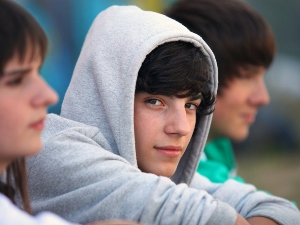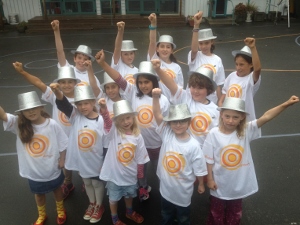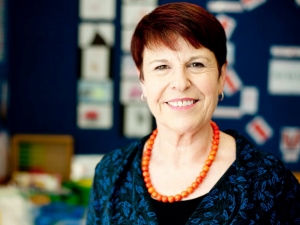Study reveals experiences of sexual minority students

 In a recent study almost four per cent of young people reported being attracted to others of the same sex or to both sexes.
In a recent study almost four per cent of young people reported being attracted to others of the same sex or to both sexes.
The Youth’12 study was conducted by researchers from the Adolescent Health Research Group (AHRG) at the University of Auckland.
This proportion is comparable to that found in the previous surveys conducted by the AHRG of secondary school students in 2001 and 2007. The results of the report were launched at the University of Auckland on Monday.
In 2012, the majority (53.1 per cent) of sexual minority students (young people attracted to the same sex or both sexes), had ‘come out’, but only 14.4 per cent of these young people said they could easily talk to their family about their sexuality.
“Most sexual minority students reported feeling positive towards school and described caring relationships with their parents and friends,” lead author Dr Mathijs Lucassen said.
“Sexual minority students were also generous with their time in that they were more likely, than their opposite-sex attracted counterparts, to work as volunteers in their communities.
“Although most sexual minority students are doing well, there are significant and harmful disparities when these students are compared to their opposite-sex attracted peers,” Dr Lucassen said.
“For example, sexual minority youth are more likely to be bullied, be physically harmed, to be afraid that someone would hurt or bother them at school, and over 40 per cent had significant depressive symptoms.”
Dr Lucassen said “reducing the disparities for sexual minority students in New Zealand must focus on creating safe and nurturing environments which build upon the young person’s strengths and assets, and refrains from viewing the young person as having a problem because they are not heterosexual”.









